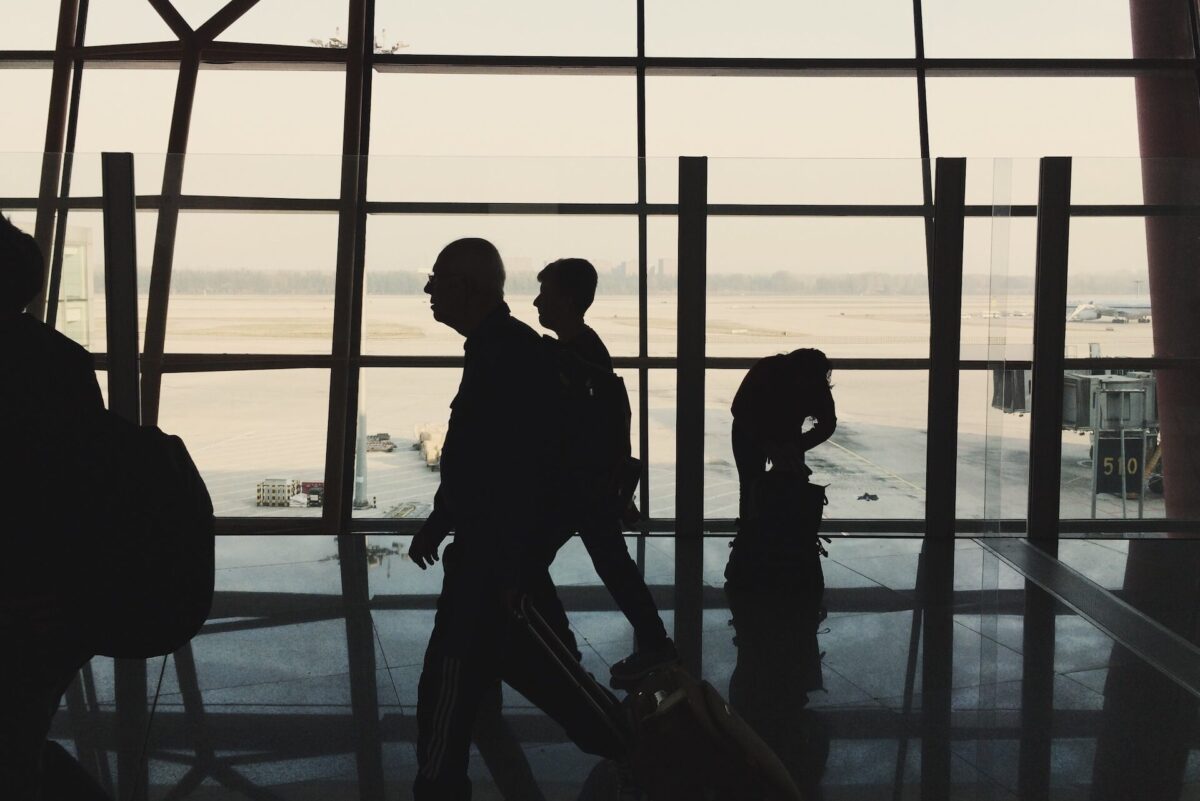
Skift Take
New travel advisories and border policies may create a “chilling effect” on U.S. hotel occupancy. Border regions already show declines.
Following a slight year-on-year increase in February, occupancy levels for the U.S. hotel industry declined in the first two weeks of March, signaling potential vulnerability amid new travel restrictions and heightened international warnings.
The declines were modest, but there are long-term implications for international inbound travel, particularly in regions bordering Canada and Mexico.
Recent reports of potential expanded U.S. travel restrictions have triggered concerns, along with revised travel advisories from countries like Germany and the UK, which warn of potential detention and stricter border controls.
Jan Freitag, national director, hospitality analytics at CoStar, highlighted the past “chilling effect” of such policies.
“Even though you may be able to travel from country X, Y, Z in the Middle East, you were maybe a little less inclined because you weren’t sure if you were allowed in the country,” Freitag said.
This uncertainty, he argued, could deter international tourists, pushing them toward destinations with perceived smoother entry processes, such as Canada, Mexico, or the Caribbean.
“There is now a little bit more of a fear, that fear of uncertainty,” he said.
CoStar’s latest data reveals a mixed picture. While February saw a slight year-over-year occupancy increase of 0.5% to 59.1%, subsequent weekly data through March paints a slightly less optimistic scenario.
Occupancy declined by 1.4% in the week ending March 8th and further by 3.5% in the week ending March 15, when compared to the same weeks in 2024.
It is difficult to pinpoint the reason for the decline, and Freitag points out that the impact is not uniformly distributed across major cities.
While major cities fluctuate with events, the border regions show a more direct sensitivity to travel policy changes.
“We are monitoring very, very closely the sub-markets and small cities along the Mexican border and along the Canadian border,” he said.
“There was a pattern early after the inauguration, in sub-markets that border the Canadian border, and that have land crossings, the occupancy on Saturday night, which is normally the leisure day, when people would drive for vacation, that seemed to have had a slight decline in occupancy.”
According to CoStar, of the 1,306 hotels within 50 miles of the Canadian border, demand was down 4.8% for the week ending March 15, compared to declines of 1.9% and 2.6% in the prior two weeks.
Similarly, of the 916 hotels within 50 miles of the Mexican border, demand was down 3%, following declines of 4.2% and 0.3% in the preceding weeks.
Though multiple factors influence demand, these demand declines highlight the vulnerability of border hotel demand to U.S. policy changes.
The long-term outlook hinges on the duration and severity of the potential restrictions and responses.
The restrictions, according to Skift Research, would impact a few percentage points of inbound tourism — which itself represents a single-digit share of the total U.S. travel industry. This means that the ban’s direct impact might be negligible.
Hotel operators aren’t seeing a big pullback, according to the nearly dozen sources Skift has been tracking.
However, potential labor shortages due to stricter immigration policies could further strain the hotel industry, leading to increased operating costs.
As Freitag pointed out, a decline in revenue coupled with rising expenses could significantly impact hotel profit margins.
“We might have a top-of-the-line revenue decline, and the middle of the P&L [profit and loss] increases in cost, and that obviously together, then means margins are under pressure,” he said.
The strengthening of the U.S. dollar could deter some international travelers and encourage U.S. travelers to go abroad, further hurting occupancy rates.
What am I looking at? The performance of hotels and short-term rental sector stocks within the ST200. The index includes companies publicly traded across global markets, including international and regional hotel brands, hotel REITs, hotel management companies, alternative accommodations, and timeshares.
The Skift Travel 200 (ST200) combines the financial performance of nearly 200 travel companies worth more than a trillion dollars into a single number. See more hotels and short-term rental financial sector performance.
Up Next
Experiences
How Travel Brands Can Seize the ‘Q5’ Opportunity on TikTok
Driven by increased spending on experiences and the digital habits of younger audiences, TikTok has emerged as a key platform for inspiring and shaping travel decisions. Leveraging the platform’s reach early in the year presents a unique opportunity for travel brands to connect with eager travelers.
TikTok for Business + Skift | 2 months ago
Sponsored
Tourism
France Joins Nations Alerting Travelers to U.S. ‘Sex at Birth’ Visa Rules
France has now joined several other nations in warning travelers with non-binary gender markers about potential entry issues following a Trump order recognizing only two genders.
Jade Wilson | 1 hour ago
Hotels
Skift India Forum Video: The Evolution of India’s High-End Hospitality
India’s luxury hospitality boom presents huge global potential. In this talk, the CEOs of Global Hotel Alliance and The Leela Palaces explain why hotels must deliver hyper-personalized, immersive experiences and leverage strategic alliances to build lasting loyalty and cut costly dependence on OTAs.
Global Hotel Alliance + Skift | 1 hour ago
Sponsored
Hotels
How ‘Live Tourism’ Events Can Drive Business for Hotels
The ongoing live tourism boom provides compelling opportunities for hotels to maximize revenue by boosting average daily rates, extending stays, increasing guest volumes, and building long-term growth and loyalty.
2 hours ago

















